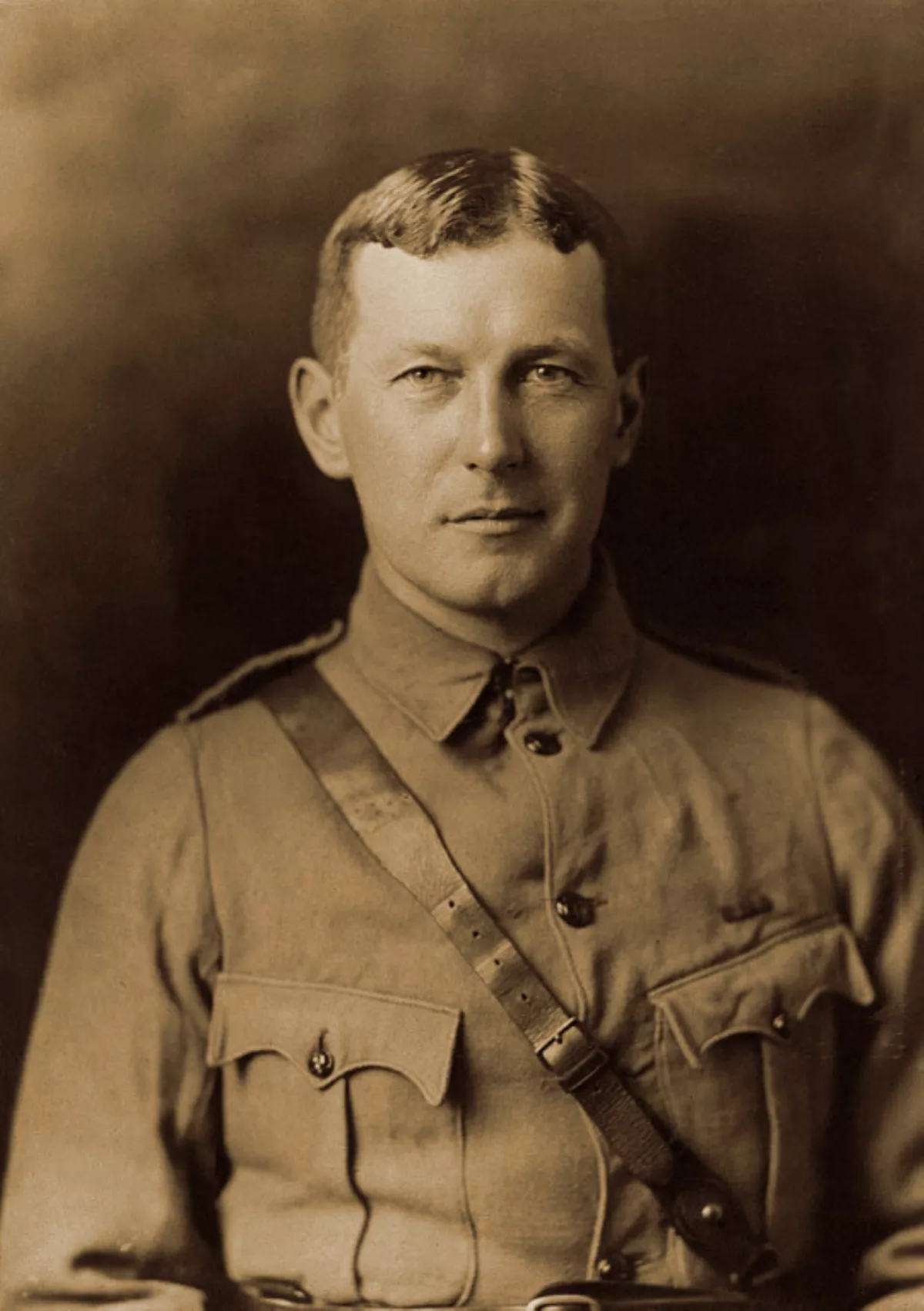 1.
1. Lieutenant-Colonel John McCrae was a Canadian poet, physician, author, artist and soldier during World War I and a surgeon during the Second Battle of Ypres, in Belgium.

 1.
1. Lieutenant-Colonel John McCrae was a Canadian poet, physician, author, artist and soldier during World War I and a surgeon during the Second Battle of Ypres, in Belgium.
John McCrae is best known for writing the famous war memorial poem "In Flanders Fields".
John McCrae's famous poem is a threnody, a genre of lament.
John McCrae's father had served with the Guelph Home Guard during the Fenian raids, and was a member of the Guelph city council and a director of The North American Life Assurance Company.
John McCrae attended the Guelph Collegiate Vocational Institute and graduated from the Institute at 16.
John McCrae was the first Guelph student to win a scholarship to the University of Toronto.
John McCrae was a resident master in English and Mathematics in 1894 at the Ontario Agricultural College in Guelph.
At medical school, John McCrae had tutored other students to help pay his tuition.
John McCrae was first a resident house-officer at Toronto General Hospital, then in 1899 at Johns Hopkins Hospital in Baltimore, Maryland.
In 1905, John McCrae set up his own practice although he continued to work and lecture at several hospitals.
John McCrae was the founding member of the University Club of Montreal.
John McCrae proposed to his sister-in-law Nona Gwyn but was refused.
David McCrae, a Fenian Raid veteran, organized and commanded the Guelph Field Artillery from the 1870s-1890s, and in 1887, John McCrae joined his father's unit as a Bugler and then as a Gunner.
John McCrae had previously joined the Guelph Highland Cadet Corps in 1886 at age 14, being awarded a prize as the best cadet in Ontario in 1887.
John McCrae continued to serve in the militia in the 1890s, being appointed Quarter-Master Sergeant of the Guelph Artillery in 1891, and then Lieutenant in 1896.
In December 1899, John McCrae volunteered for active service in South Africa as a Lieutenant in 'D' Battery, Canadian Field Artillery during the Second Boer War.
John McCrae was placed in charge of No 2 section, 'D' Battery, while his friend Edward Morrison commanded No 1 Section.
John McCrae treated the wounded during the Second Battle of Ypres in 1915, from a hastily dug 8-by-8-foot bunker in the back of the dyke along the Yser Canal about 2 miles north of Ypres.
From June 1,1915, John McCrae was ordered away from the artillery to set up No 3 Canadian General Hospital at Dannes-Camiers near Boulogne-sur-Mer, northern France.
On January 28,1918, while still commanding No 3 Canadian General Hospital at Boulogne, John McCrae died of pneumonia with "extensive pneumococcus meningitis" at the British General Hospital in Wimereux, France.
John McCrae was buried the following day in the Commonwealth War Graves Commission section of Wimereux Cemetery, just a couple of kilometres up the coast from Boulogne, with full military honours.
John McCrae's gravestone is placed flat, as are all the others in the section, because of the unstable sandy soil.
John McCrae was designated a Person of National Historic Significance in 1946.
John McCrae was erected by the Guelph Collegiate Vocational Institute.
John McCrae is dressed as an artillery officer and his medical bag nearby, as he writes.